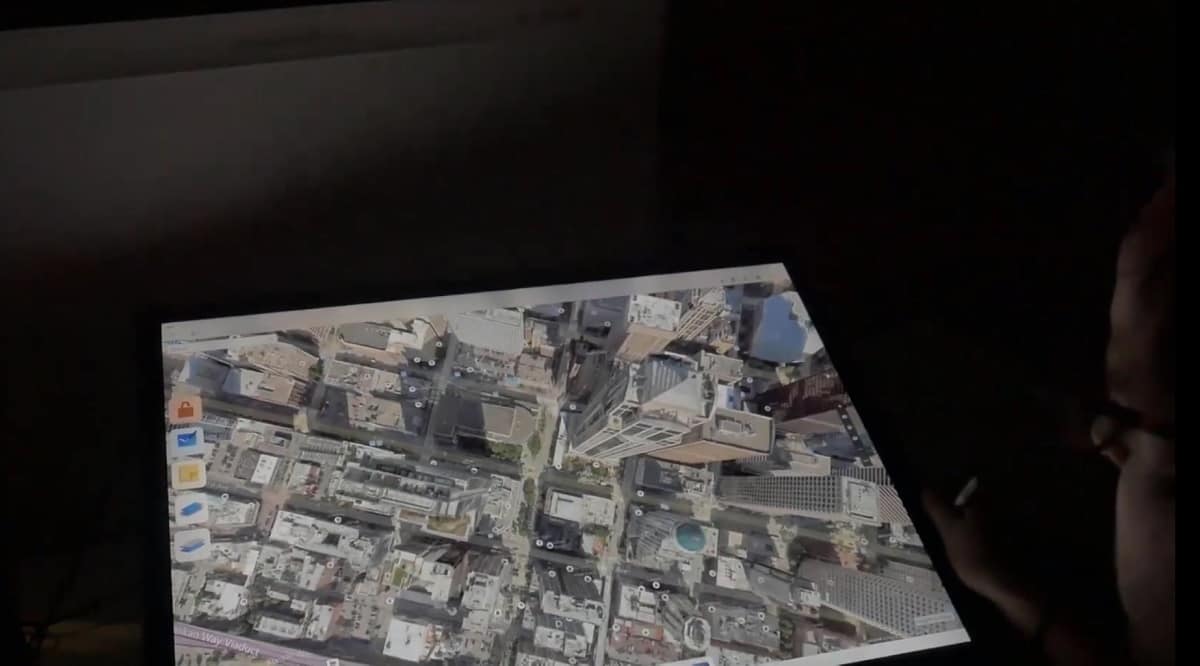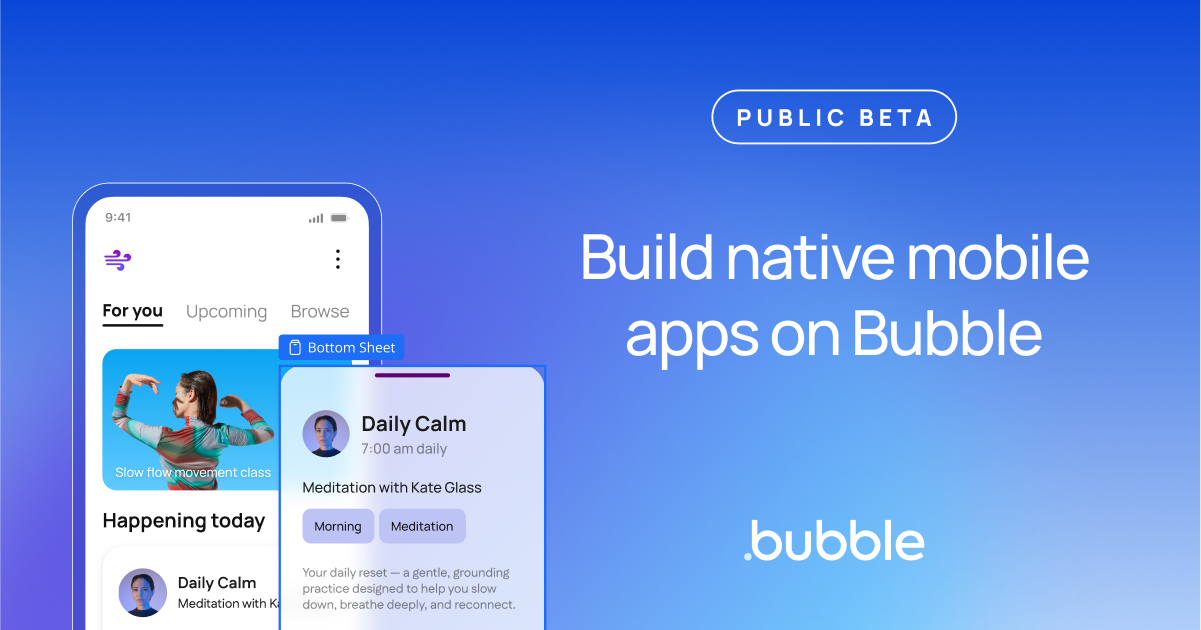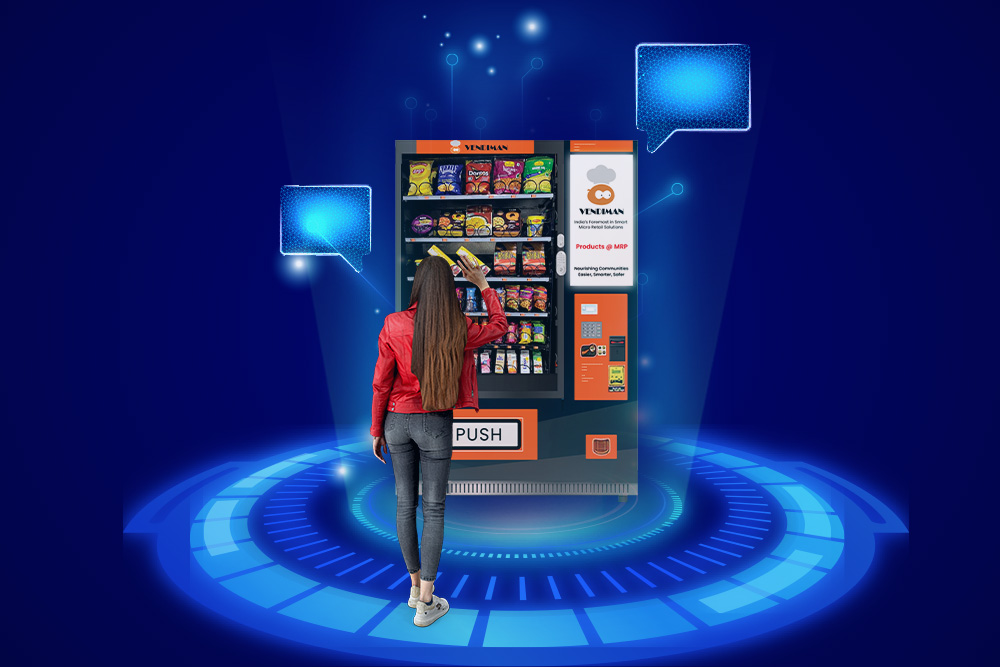Microsoft Research shows off screen-tilt responsive apps technology
2 min. read
Updated on
Read our disclosure page to find out how can you help MSPoweruser sustain the editorial team Read more

We are all pretty used to apps responding to the accelerometer, automatically changing from portrait to landscape for example.
Today Microsoft Research showed off a new technology where apps respond to the tilt angle of a screen (or presumably the hinge angle of a laptop).
The work appears to have been done primarily on the Surface Studio and they note that drawing boards offer a self-stable work surface that is continuously adjustable.
Each display posture—whether angled high, low, or somewhere in-between—is ideal for some activities, but not others. Because what is appropriate also depends on the application and task, Microsoft Research explored a range of app-specific transitions between reading vs. writing (annotation), public vs. personal, shared person-space vs. task-space, and other nuances of input and feedback, contingent on display angle.
In the Maps app, for example, tilting the screen would switch from an isometric to a top-down view, while in the drawing app it would switch from a pen-optimised to mouse-optimised work space.
Continuous responses provide interactive transitions tailored to each use-case.
In the video, Microsoft shows how a variety of knowledge work scenarios can use sensed display adjustments to drive context-appropriate transitions, as well as technical software details of how to best realize these concepts.
See the video below:
Microsoft wards that despite the coolness of the technology, a preliminary user study suggests that implementations must balance the effort required to adjust tilt, versus the potential benefits of a sensed transition.
Read more about the project at Microsoft Research here.












User forum
0 messages